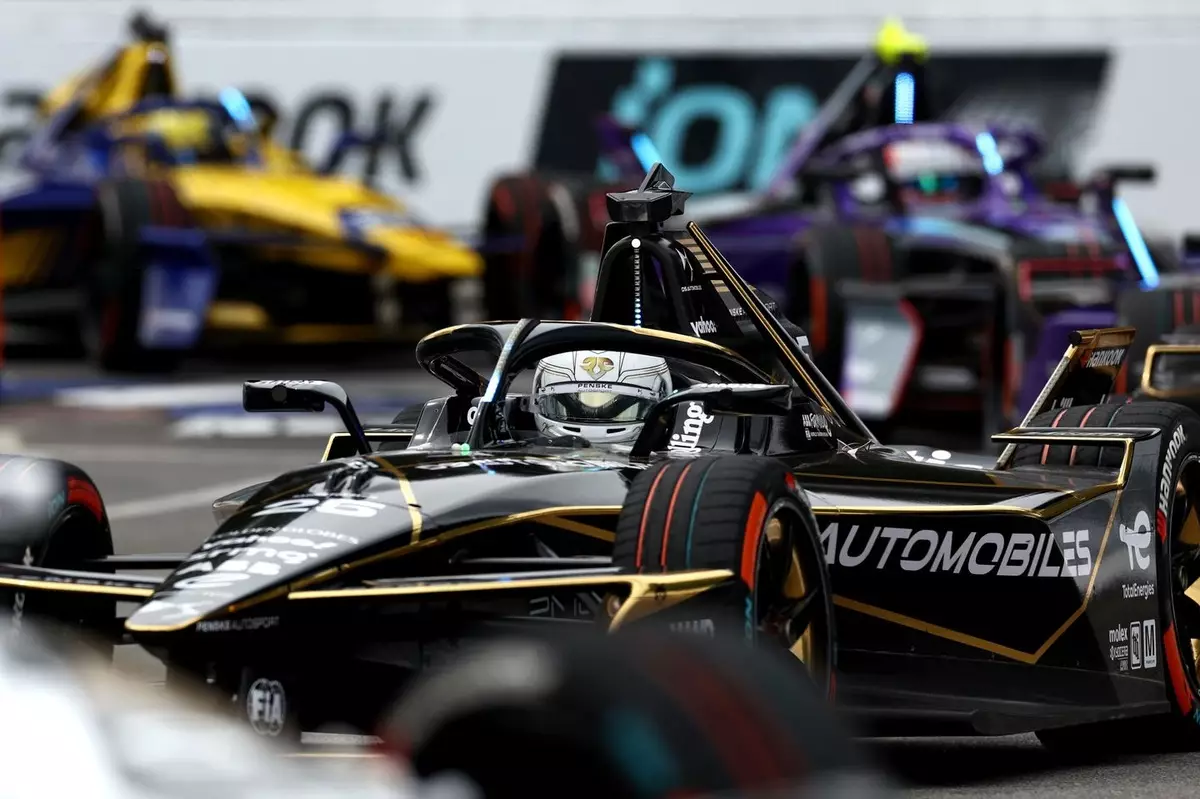Formula E has consistently pushed the boundaries of electric motorsport, and the series is set to unveil the highly anticipated Pit Boost feature during the Jeddah E-Prix on February 14-15. While this new addition promises to enhance the competitive dynamics of the sport, two-time champion Jean-Eric Vergne has raised important considerations about the implications it may have on race integrity and driver experience.
What is Pit Boost?
The Pit Boost is designed to recharge each car’s battery by 10% at an impressive 600kW. While this innovation has been in development for over two years, it arrives alongside the operation of the Gen3 Evo car, which boasts dual motors and softer Hankook tires. Although the technical advancements have led to significant reductions in lap times, the introduction of the Pit Boost comes with potential pitfalls. Vergne’s warnings suggest that the strategic element of racing will be tested more than ever, particularly concerning how it interacts with existing race formats and scenarios like safety cars.
The strategic layer of Formula E racing is expected to become more convoluted with the integration of the Pit Boost. Vergne has pointed out that the timing of pit stops will substantially affect race outcomes. As drivers grapple with the decision of when to pit, the possibility of falling a lap behind looms large. This could create a situation where the driver leading the race leaves the pits only to find themselves at a significant disadvantage. The challenge will not just be in managing fuel conservation and tire wear but also in navigating the increased complexity that the Pit Boost introduces.
Vergne poses a vital query about whether the overall race experience will be diminished if leaders are forced to contend with unexpected lap discrepancies. He suggests that a reevaluation of the pitstop duration could mitigate issues where luck overshadows skill in race outcomes. This notion aligns with broader discussions in motorsport about the balance between technological advantages and the inherent unpredictability of racing.
Closely tied to the Pit Boost is the Attack Mode feature, which has been enhanced in the current season. With the introduction of all-wheel drive, the potential gains from utilizing Attack Mode have increased. However, Vergne raises an essential concern regarding fairness when external factors—like a full-course yellow or a safety car—intervene during crucial moments of the race. The combination of these variables creates a scenario where the unfortunate timing of a driver activating their Attack Mode can dramatically skew their performance, leaving them vulnerable compared to competitors who may benefit from fortuitous circumstances.
This reliance on luck becomes increasingly frustrating for drivers who dedicate hours perfecting their techniques and strategies in pursuit of minimizing laps times. The inconsistency brought by external elements has prompted calls for adjustments to the operational framework of both Attack Mode and Pit Boost to level the playing field, ensuring a fairer contest for all participants.
Champions Speak: A Call for Solutions
Joining Vergne in his sentiments is fellow driver and Formula E champion Sebastien Buemi, who echoes the need for reform to ensure that race integrity remains intact. Their shared perspective signals a growing concern within the community about the implications of inherently unpredictable race formats. This conversation is not merely about individual complaints; it underscores the importance of maintaining the sport’s competitive spirit while embracing innovation.
Formula E’s future must consider how to harness these new technologies effectively while ensuring they do not overshadow the fundamental essence of racing. As the series seeks to engage fans and embrace cutting-edge developments in electric vehicle technology, it must also remain vigilant in preserving the skill and strategy that define motorsport.
The introduction of Pit Boost represents an exciting yet complex evolution in Formula E racing. While the promise of improved performance is palpable, the potential unintended consequences warrant a thorough examination. As the FIA and Formula E officials assess these developments, the commitment to fairness and competitive integrity should remain paramount for the continued success and acceptance of the sport.

